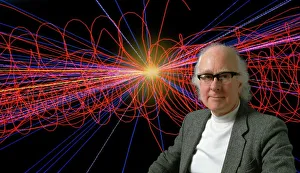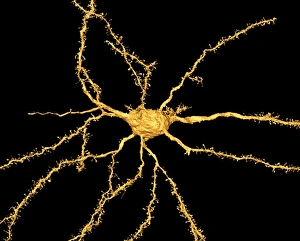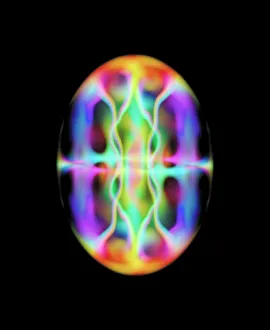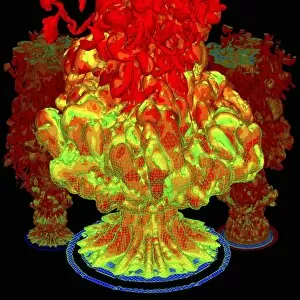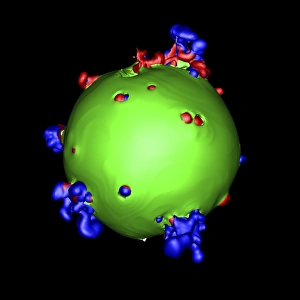Computer Simulation Collection
Computer simulation is a powerful tool that allows us to explore the realms of science and beyond, pushing the boundaries of our understanding. British physicist Prof
All Professionally Made to Order for Quick Shipping
Computer simulation is a powerful tool that allows us to explore the realms of science and beyond, pushing the boundaries of our understanding. British physicist Prof. Peter Higgs C015/4138, renowned for his work on the Higgs boson, has harnessed this technology to delve into the mysteries of nature. One fascinating application lies in simulating Bose-Einstein condensate, a state of matter where atoms reach ultra-low temperatures and behave as a single entity. Through computer simulations, scientists can unravel its intricate properties and unlock new frontiers in quantum physics. In space exploration, computer simulations play an integral role in designing spacecraft like the Space Shuttle. By modeling airflow over its structure during ascent, engineers optimize aerodynamics for safer missions and more efficient travel through Earth's atmosphere. From earthly phenomena to natural disasters, computer simulations aid us in predicting and mitigating risks. Fire plumes can be simulated to understand their behavior and develop strategies for firefighting. Similarly, tsunami simulations help coastal communities prepare for potential devastation by studying wave propagation patterns. Speaking of calamities closer to home, San Francisco earthquake risk forecasts rely on sophisticated computer models that analyze seismic data from fault lines beneath the city's surface. These simulations enable authorities to devise evacuation plans and implement structural improvements accordingly. Venturing into cosmic explosions takes us further into awe-inspiring realms with 3D supernova explosion simulations. By recreating these cataclysmic events virtually, astrophysicists gain insights into stellar evolution while unraveling secrets about our universe's birth and composition. Zooming back down to Earth brings us face-to-face with another marvel: our brain's complex network of neurons. Computer simulations allow neuroscientists to study how these cells communicate with each other—shedding light on cognition processes or even unlocking treatments for neurological disorders. Renewable energy sources also benefit from simulation technologies; wave energy harnesses ocean waves' power efficiently without harming marine ecosystems.

